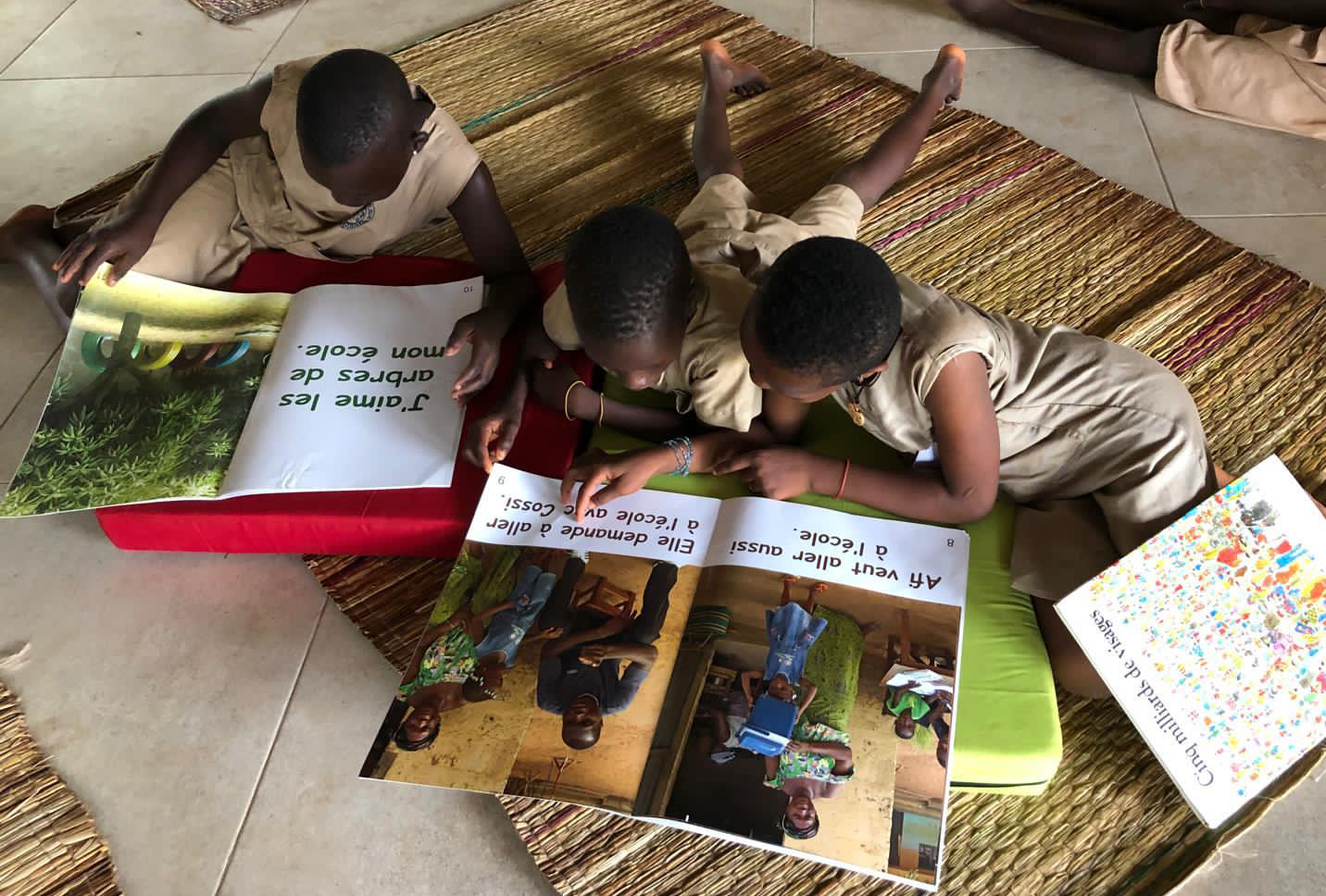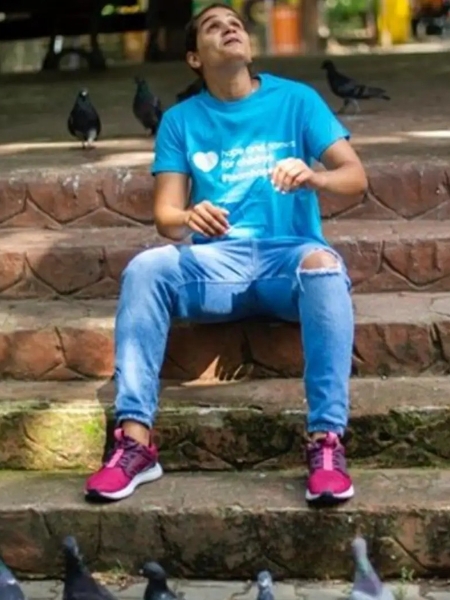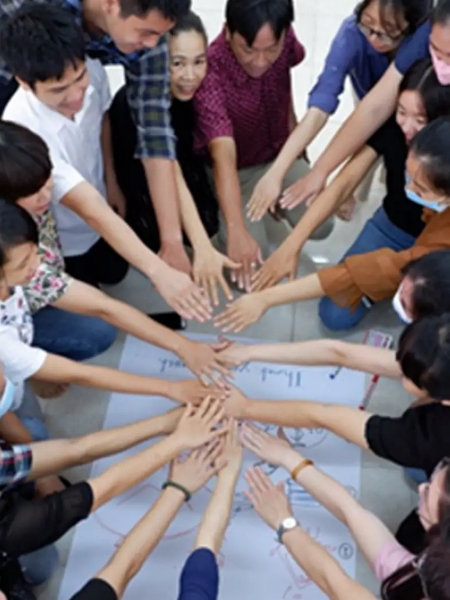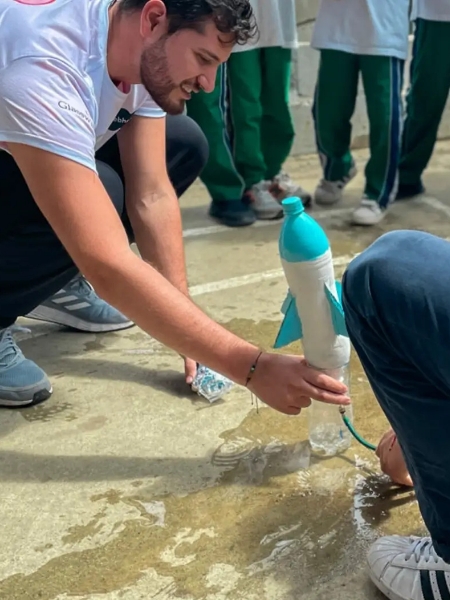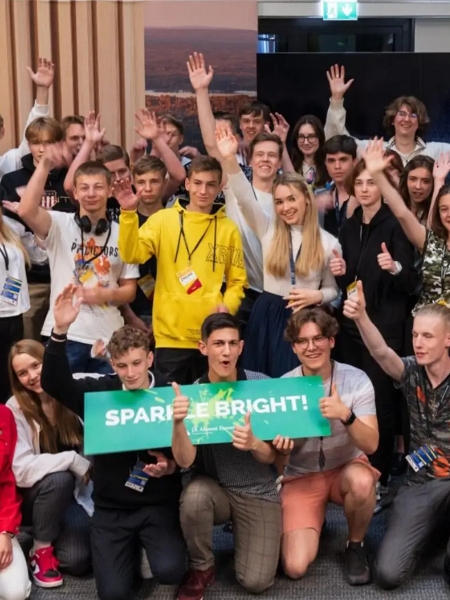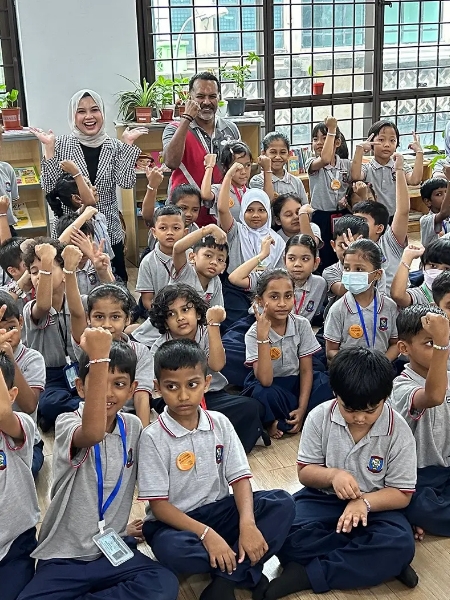Project Name
Cité Saint-Damien de Molokaï
Cause
Education
Mission & History
Father Damien, born Joseph de Veuster in Belgium in 1840, joined the Society of the Sacred Hearts of Jesus and Mary in 1860. He volunteered to serve as a missionary in the Hawaiian Islands, arriving in 1864. In 1873, he volunteered to serve at the leper colony in Kalaupapa, Molokai, where those afflicted with leprosy were isolated. Over the next 16 years, he dedicated his life to improving the living conditions of the lepers, building houses, hospitals, and churches, and providing both spiritual and physical care12. He contracted leprosy himself in 1884 and continued his work until his death in 1889.
The mission of Cité Saint-Damien de Molokaï is inspired by Father Damien’s legacy of compassion, selflessness, and dedication to the marginalized. The community aims to continue his work by support to those in need, particularly those suffering from social exclusion. The mission emphasizes the importance of education, dignity and respect for each personn, reflecting Father Damien’s approach to serving the lepers of Molokai.
Country Information
Benin, located at the crossroads of the Abidjan-Lagos and Cotonou-Niamey corridors, is a key commercial and tourist hub in West Africa.
As of 2022, Benin’s population is 13.35 million, with a fertility rate of 5.7 children per woman and a life expectancy of 61.2 years. Poverty stands at 36.2%, down slightly from previous years, but unemployment is low at 2.4%, with 90.1% of the workforce in informal employment. The Human Development Index (HDI) ranked Benin 166th out of 191 countries in 2020, with low scores in life expectancy and education. Socio-economic shocks, including regional instability and global crises, may affect poverty reduction and increase fragility.
The need
Children in the Agonsoudja area face limited educational resources, restricting their social and professional opportunities and lacking interdisciplinary learning. Students with speech difficulties receive no special support or screening to help them show resilience. Additionally, there are no extracurricular activities available.
Environmental awareness among adults is also very low. However, we have observed that children are beginning to drive changes in practices. Developing an educational garden and a profitable market-gardening business in the area could change practices and create training and job opportunities, fostering a dynamic environment that encourages other producers to follow suit.
The project we fund
The project aims to significantly improve education by doubling the number of primary classes in the short term, expanding secondary education in the long term and creating a cultural center. This center will allow children to have access to a youth library, to participate in sports and artistic activities, and will include a specialized unit for dysorthographic children.
On an environmental level, the project aims to promote healthy agriculture by opening a reception area dedicated to the environment. It will increase the capacity for nature classes and environmental camps, open an educational garden, and develop our market garden for a training and research program.
The result: figures, news, testimonies
For tracking of impact in Education:
- Class size (enrollment of children)
- Enrollment in library and cultural activities
- Number of robotics and IT projects by children
- Opening of a center for dysorthographic children
- Report card progress for all children, including dysorthographic
- Number of qualified staff hired
For tracking of impact in Environment:
- Opening of the reception area and number of classes hosted educational garden sessions
- Number of training sessions and trainees (agro-ecological practices)
- Number of trees planted
- Harvest quantification and space increase

